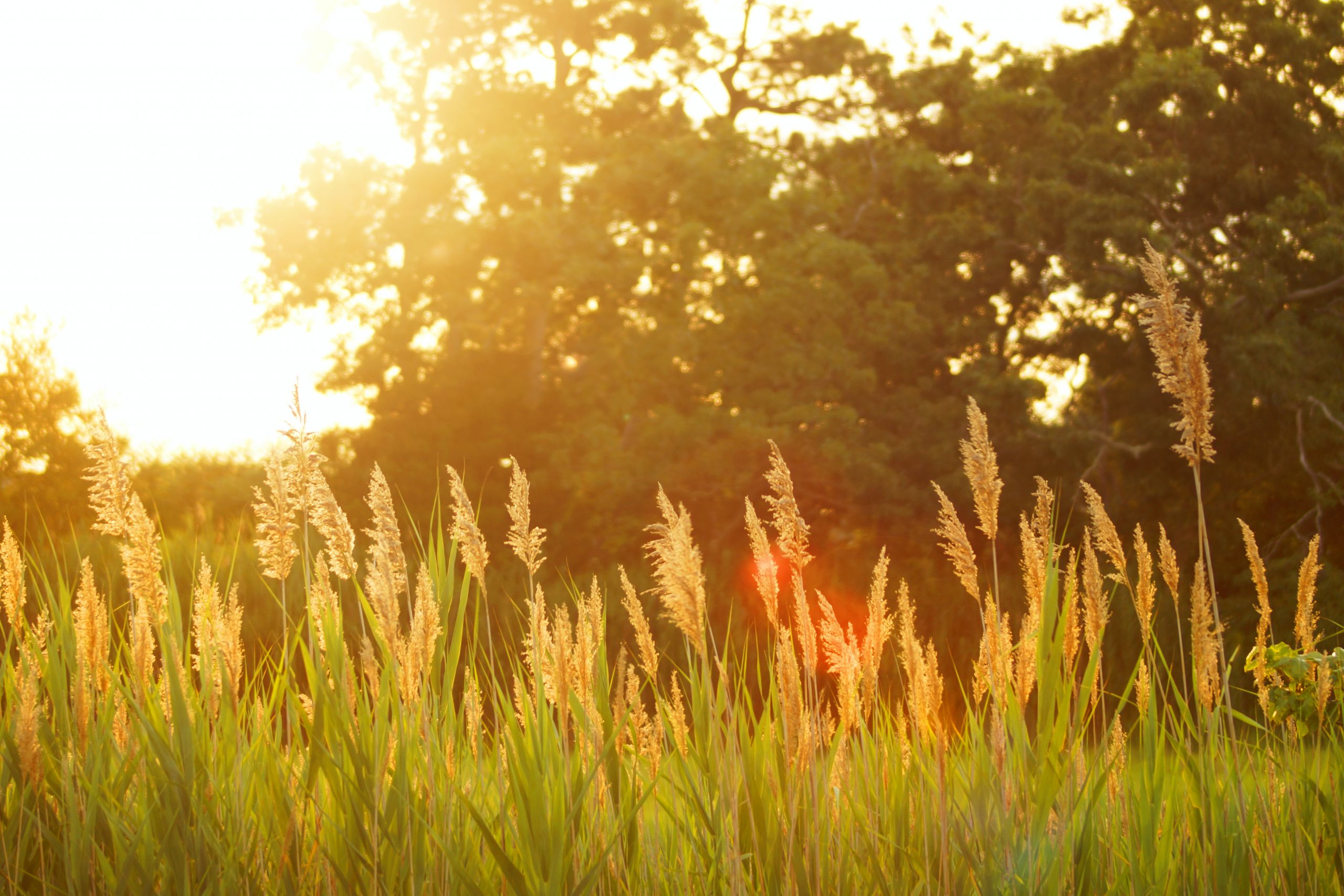Introduction
Bangalore, often referred to as the “Garden City of India,” is famous not only for its IT hubs and bustling streets but also for its pleasant climate. Located in the southern part of India, this city offers a refreshing contrast to the often extreme weather conditions experienced in other parts of the country.
Bangalore’s Climate Overview
Tropical Savanna Climate Classification
Bangalore has a tropical savanna climate, characterized by moderate temperatures throughout the year. This climate type ensures that the city never becomes unbearably hot or cold.
Distinct Seasons in Bangalore
While many cities experience sharp seasonal changes, Bangalore’s weather remains relatively stable, with mild summers, a refreshing monsoon, and pleasant winters.
Monthly Temperature Breakdown
January to March: The Cool and Pleasant Season
During these months, Bangalore experiences some of its best weather. Daytime temperatures range from 15°C to 30°C, making it ideal for outdoor activities.
April to June: Summer in Bangalore
Summers in Bangalore are not harsh, with temperatures usually staying between 20°C and 35°C. Occasional pre-monsoon showers help to keep the heat in check.
July to September: Monsoon Period
Monsoons bring much-needed rain to the city. With temperatures ranging from 19°C to 28°C, the city is refreshed, but the occasional heavy downpour can cause waterlogging.
October to December: Winter Months
Winters in Bangalore are mild and enjoyable, with temperatures dipping to around 15°C at night and staying under 28°C during the day.
Daytime vs. Nighttime Temperatures
Bangalore experiences a significant drop in temperature at night compared to the day. This difference is primarily due to the city’s elevation and its position on the Deccan Plateau. Nights are often cooler and breezy, providing residents with much-needed respite from daytime heat.
Historical Temperature Trends
Record High and Low Temperatures
The highest recorded temperature in Bangalore was around 39°C, while the lowest was a chilly 7°C. These extremes are rare, reinforcing the city’s reputation for mild weather.
Changes Due to Urbanization
With rapid urbanization, Bangalore has seen a rise in average temperatures, especially in densely populated areas where concrete and asphalt trap heat.
Monsoon and Rainfall in Bangalore
Monsoons play a vital role in Bangalore’s climate. The city receives an average of 970 mm of rainfall annually, with most of it occurring between June and September. These rains cool the city and replenish its water sources but can also disrupt daily life due to flooding and traffic jams.
The Role of Bangalore’s Green Cover
Bangalore’s many parks, lakes, and tree-lined streets help regulate its temperature. However, rapid development poses a threat to these green spaces. The loss of vegetation has contributed to rising temperatures in recent years.
Effects of Temperature on Lifestyle
How Residents Adapt to Temperature Changes
Bangaloreans have learned to embrace the city’s weather. Ceiling fans and light blankets are sufficient for most homes, while outdoor cafes thrive thanks to the moderate climate.
Impact on Tourism and Activities
Tourists flock to Bangalore year-round, drawn by its agreeable weather and vibrant cultural scene. The city’s parks, markets, and monuments are always bustling.
Clothing Tips for Bangalore’s Climate
What to Wear During Different Seasons
- Summers: Light cotton clothes are ideal.
- Monsoons: Carry an umbrella or a raincoat.
- Winters: A light jacket or sweater is sufficient.
Essentials for Unpredictable Weather
Bangalore’s weather can change quickly, so it’s wise to carry a scarf or jacket, especially if you’re out after sunset.
Temperature and Urbanization
Heat Islands and Their Impact
Urban heat islands, created by dense buildings and reduced greenery, have led to localized warming in Bangalore. This effect is more pronounced in commercial areas.
Steps to Counteract Urban Heating
Efforts are being made to plant more trees and restore lakes, ensuring Bangalore retains its “Garden City” charm.
Best Time to Visit Bangalore
The best time to visit Bangalore is between October and March, when the weather is cool and comfortable. These months are also when many cultural events and festivals take place, adding to the city’s allure.
Conclusion
Bangalore’s weather is one of its most endearing qualities, making it a favored destination for both residents and visitors. However, with increasing urbanization, it’s crucial to adopt sustainable practices to preserve the city’s pleasant climate for future generations.
